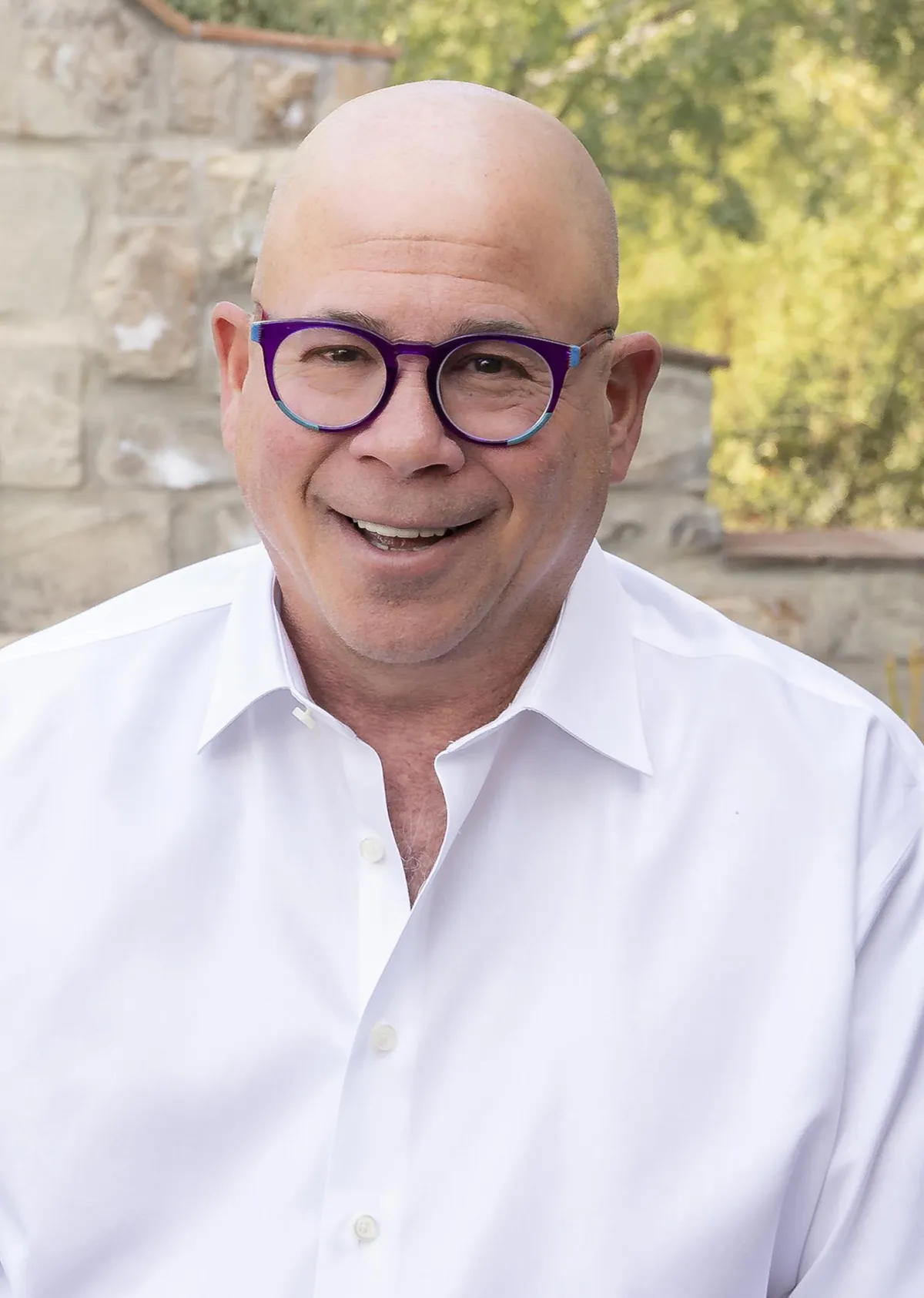LIVING WITH EDWIN: A young man, a father and an artist's brush
by Curtis Dickman
Living with a parent who can be loving one minute and capriciously cruel and destructive the next is a familiar story shared by millions of abuse survivors around the world. This is the story of Curtis Dickman, a renowned Neurosurgeon who faced his own demons, and in the process, discovered a process that helped not only himself, but countless others. A true story of survival and triumph.
“I was mesmerized by this compelling true tale of survival and discovery from someone who knows all too well the cost of abuse. I laughed and cried my way through this powerful story. Captivating…. a must read."
— Cheryl Ladd, actress, singer, and author
“Bittersweet, illuminating and beautiful. It left my heart full and beaming with love. Edwin is deep on such a level that I will never be quite the same again.”
— Mark Victor Hansen, #1 NYT Chicken Soup for the Soul®
Curtis Dickman resides in Arizona with his wife Celeste, near his three adult children. He has diverse interests, talents, and skills, with insatiable curiosity and immense creativity. He is an accomplished author, artist, student, surgeon, scientist, researcher, inventor, lecturer, educator, and musician.
Curtis is board-certified in neurological surgery; he practiced at the esteemed Barrow Neurological Institute in Phoenix from 1985 until 2015. He is a renowned expert in the surgical treatment of spinal disorders. He was senior editor of the journal SPINE, wrote and edited multiple neurosurgical textbooks, and published over 160 peer reviewed scientific articles in medical journals.
Curtis is a passionate artist; his emotionally laden, innovative artwork often incorporates painting, sculpture, digital art, photography, and optical illusions.
More information about Curtis’s artwork and stories is available at www.curtisdickman.com and www.CurtisDickmanFineArt.com
Curtis is devoted to multiple charities, particularly those which aid abused children. He serves on the Board of CHILDHELP, a nonprofit organization whose programs directly serve abused children and their families, focusing on meeting the children’s physical, emotional, educational and spiritual needs.
Proceeds from the sale of this book will be donated to charities devoted to abused children and PTSD recovery.
Advances in neuroscience and behavioral medicine have allowed us to better understand, target and treat the specific brain areas responsible for post-traumatic stress disorder (PTSD). Noninvasive, nonsurgical techniques (like EMDR and brain spotting, referenced below) access the brain circuitry responsible for triggering and sustaining traumatic memories. These brain regions can be effectively accessed, and the traumatic emotional memories desensitized to reduce or eliminate the impact of PTSD triggers. PTSD can occur at any age, to any person. It is not solely confined to war veterans or victims of child abuse.
There are many promising new methods for effectively treating PTSD, which are beyond the scope of this book to discuss in detail here.
Extensive clinical research has defined the pivotal role of adverse childhood experiences (ACEs) in predicting major medical and psychological disorders during life. ACEs are episodes of childhood neglect, deprivation, assault, physical, sexual, or emotional abuse which are associated with childhood PTSD. ACEs (or adult PTSD) can accumulate and predispose individuals to serious illnesses, addictions, and dysfunction unless the contents of the brains protective memory circuitry are effectively treated.
The personal, social, and financial costs of ACEs and PTSD are staggering. They are associated with high rates of addiction, divorce, suicide, psychiatric disease, physical disease, disability, and premature death.
Concierge Service and Benefits to our Authors
We help you bring your best story to life by finding innovative ways to reach your audience.
You control your future, your destiny. What you think about comes about. By recording your dreams and goals on paper, you set in motion the process of becoming the person you most want to be. Put your future in good hands – your own.
– Mark Victor Hansen
© 2021 Mark Victor Hansen


